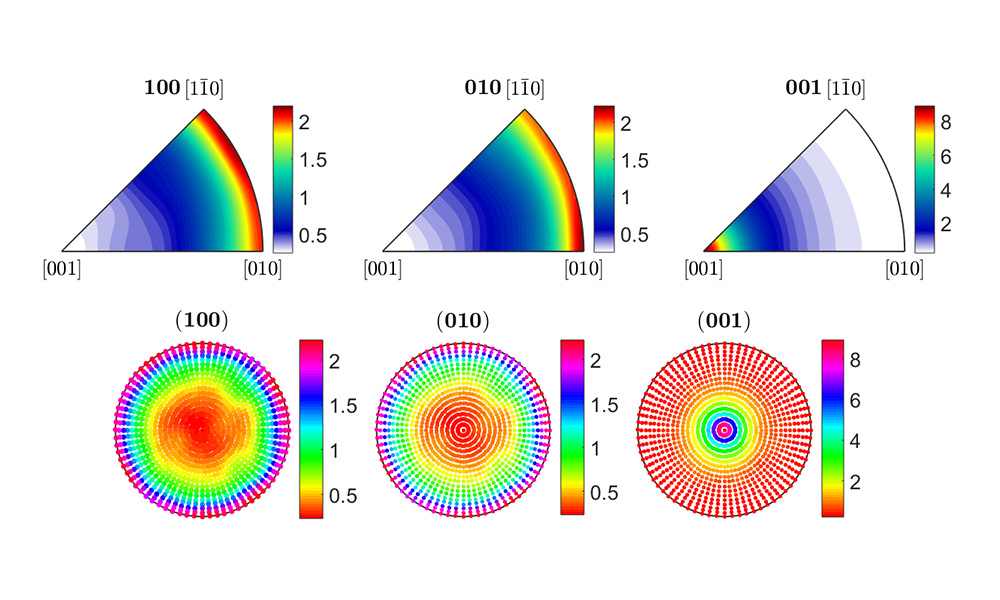
Microstructure design of magnetoelectric materials

Project name: Microstructure design of magnetoelectric materials
Research group: Mechanical Design
Objective
Description
The magnetoelectric multiferroics where magnetism and ferroelectricity coexist in one material have recently attracted renewed interest due to its potential applications in novel functional devices. Natural multiferroic single-phase compounds are rare and an alternative approach to obtain a magnetoelectric (ME) effect is through multilayered composites of a ferroelectric and a ferromagnetic material. An applied electric field creates a piezoelectric strain in the ferroelectric, which produces a corresponding strain in the ferromagnetic material and a subsequent change in magnetization.
Various efforts to improve the value of ME coupling coefficient have been made by modifying preparation techniques of the samples, by the proper choice of materials or different structures and by choosing different thickness of the samples. In this project, numerical optimization techniques are being applied for arriving at the solution for maximum ME coupling of a laminar ME composite by making use of the anisotropy of the ferroelectric phase. Local fields are quantified to unveil the microscopic behaviour of the composite in response to the macroscopic applied loads and fields.
This study underlines combining experiments to obtain a complete picture of the optimal structures obtained numerically. Experimental study is conducted in collaboration with National Institute for Interdisciplinary Science and Technology (NIIST), CSIR, Kerala, India.
References
- L.D. Landau, E.M. Lifshitz, Electrodynamics of Continuous Media, Pergamon, Oxford, 1960.
- K.P. Jayachandran, J.M. Guedes, and H.C. Rodrigues, A generic homogenization model for magnetoelectric multiferroics, Journal of Intelligent Material Systems and Structures, 25, (10), 1243–1255 (2014)
Contact Person
K. P. Jayachandran
